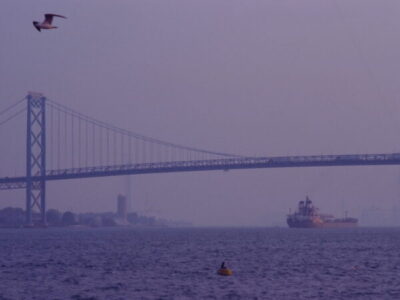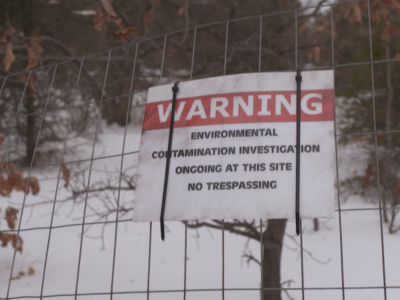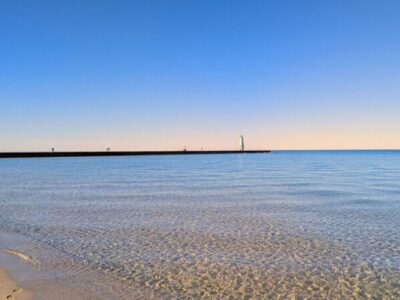
by Georgeann Herbert
The red carpet was out Tuesday morning to greet the nearly 600 people registered for the Great Lakes Public Forum in Toronto.

The forum, occurring once every three years, is a requirement of the Great Lakes Water Quality Agreement signed by the U.S. and Canada in 2012. The meeting is exploring the question, “How Are the Great Lakes Doing?”
Opening speakers also called the meeting a celebration, noting progress in many areas to improve lake health. So, it was a bit of a let-down, when the Science Assessment Team pronounced the health of the Great Lakes as “fair” and “unchanging.”
To be fair, that overall assessment summarizes dozens of specific indicators in nine key areas. Detailing those indicators took the better part of the morning – so long that even the energetic presenters, Nancy Stadler-Salt from Environment and Climate Change Canada and Jacqueline Adams from the U.S. EPA, called for a “seventh inning stretch” as they worked through the nine science-based ecosystem indicators.
The complexity can be mind-numbing and completely overwhelming for citizens who aren’t involved in Great Lakes conversations on a day to day basis. It’s hard, when you are concerned about an issue close to home, to think about the Great Lakes at scale and the wide variety of issues science, governments, and local officials are tackling.
While the Great Lakes are one eco-system, each lake has its own unique characteristics and set of problems. As a result, some of the indicators created puzzling contradictions. For instance,
- The condition of one of the most important creatures in the food chain for fish, a fresh-water shrimp known as diporeia, was listed as poor and deteriorating, yet key fish populations were rated as fair and improving because of increased fish stocking and initiatives to remove aging dams so that rivers can flow freely.
- Invasive species were labeled as the greatest threat to bio-diversity in the Great Lakes, in a situation listed as poor and deteriorating, while at the same time efforts to control sea lamprey – one of the original invasive species in the lakes – were credited with a 90% reduction, enough to be designated as fair and improving.
- It was noted that invasive species have been entering the Great Lakes ever since the Erie Canla was opened in the 1830’s. One good news note was that no new invasives have taken hold in the Great Lakes in the past 10 years, thanks to stronger regulations for ballast water released by ships on the Lakes. At the same time, microbeads, the latest ecological threat to emerge in the Great Lakes, aren’t even an indicator measured in the report.
In the indicators that ordinary citizens care about the most, the news was mostly good:
- Can I drink the water? Drinking water was declared good and unchanging.
- Can I eat the fish? On the whole, yes. Officially, fair and improving, with a forecast that some species of concern will be good by 2035.
- Can we swim at the beach? Rated fair to good and unchanging – with the exception of beaches along some areas of Lake Erie. At the same time, it was pointed out that the U.S. and Canada have very different standards of beach health.
While the governments are making efforts to simplify their messaging and create transparency in their actions, the sheer magnitude of the task facing the Great Lakes science and regulatory communities fights against clarity. In the end, citizens can only go with what they know – a particular problem in their backyard, in their neighborhood, in their city, or in their preferred recreational location.
It’s the insight of those citizens that the International Joint Commission is trying to capture during this conference. The IJC is a treaty organization whose sole purpose in the Great Lakes conversation is to implement the Great Lakes Water Quality Agreement. It’s their work, The Progress Report of the Parties 2016, that underlies the presentations being made this week in Toronto.
The IJC and the governments are using the live streaming coverage from www.GreatLakesNow.org to solicit input. One route is through through e-mail messages to the U.S. EPA at glwqa@epa.gov or to Environment and Climate Change Canada at ec.aqegl-glwqa.ec@canada.ca. Another is through the IJC’s online democracy platform at www.ParticipateIJC.org. Citizen comments will also take center stage Wednesday afternoon, as the Great Lakes Forum goes truly “public.” Be sure to tune in for the live streaming coverage at www.GreatLakesNow.org.





